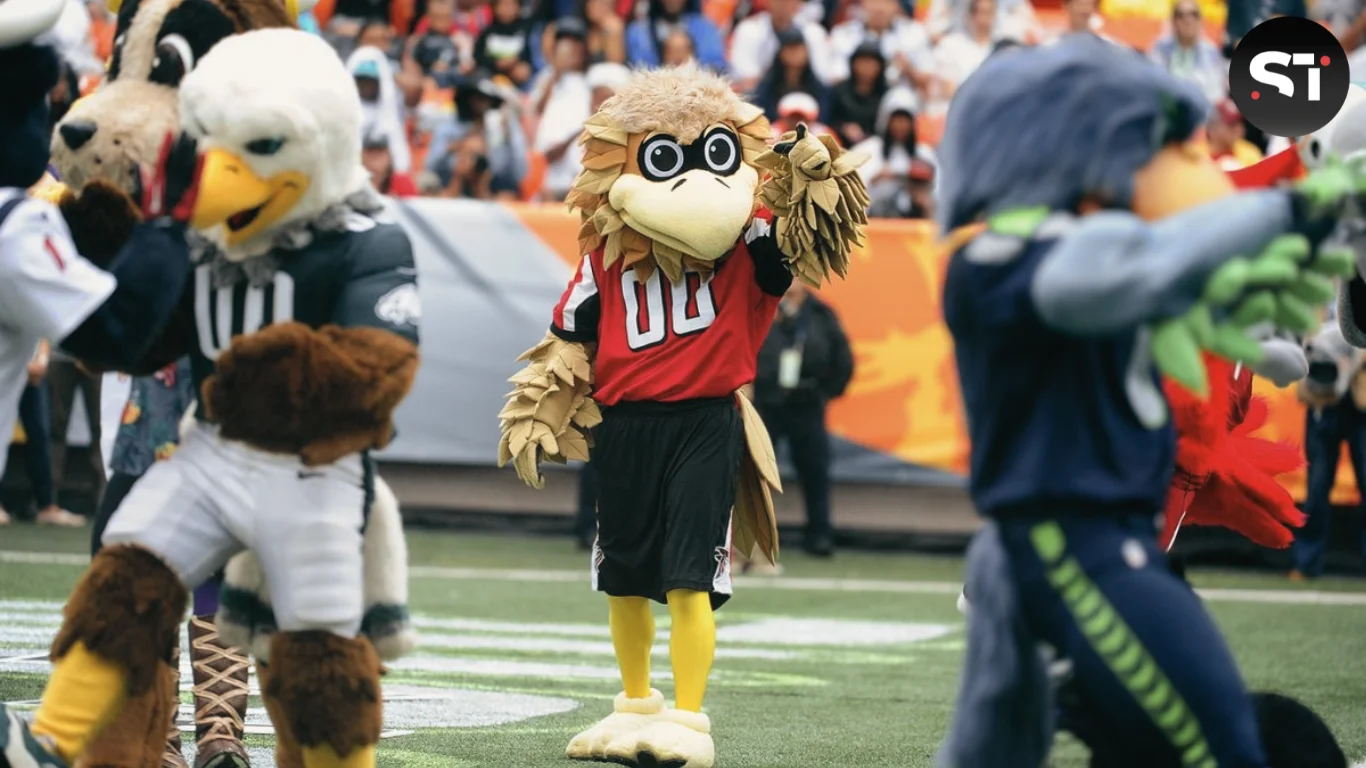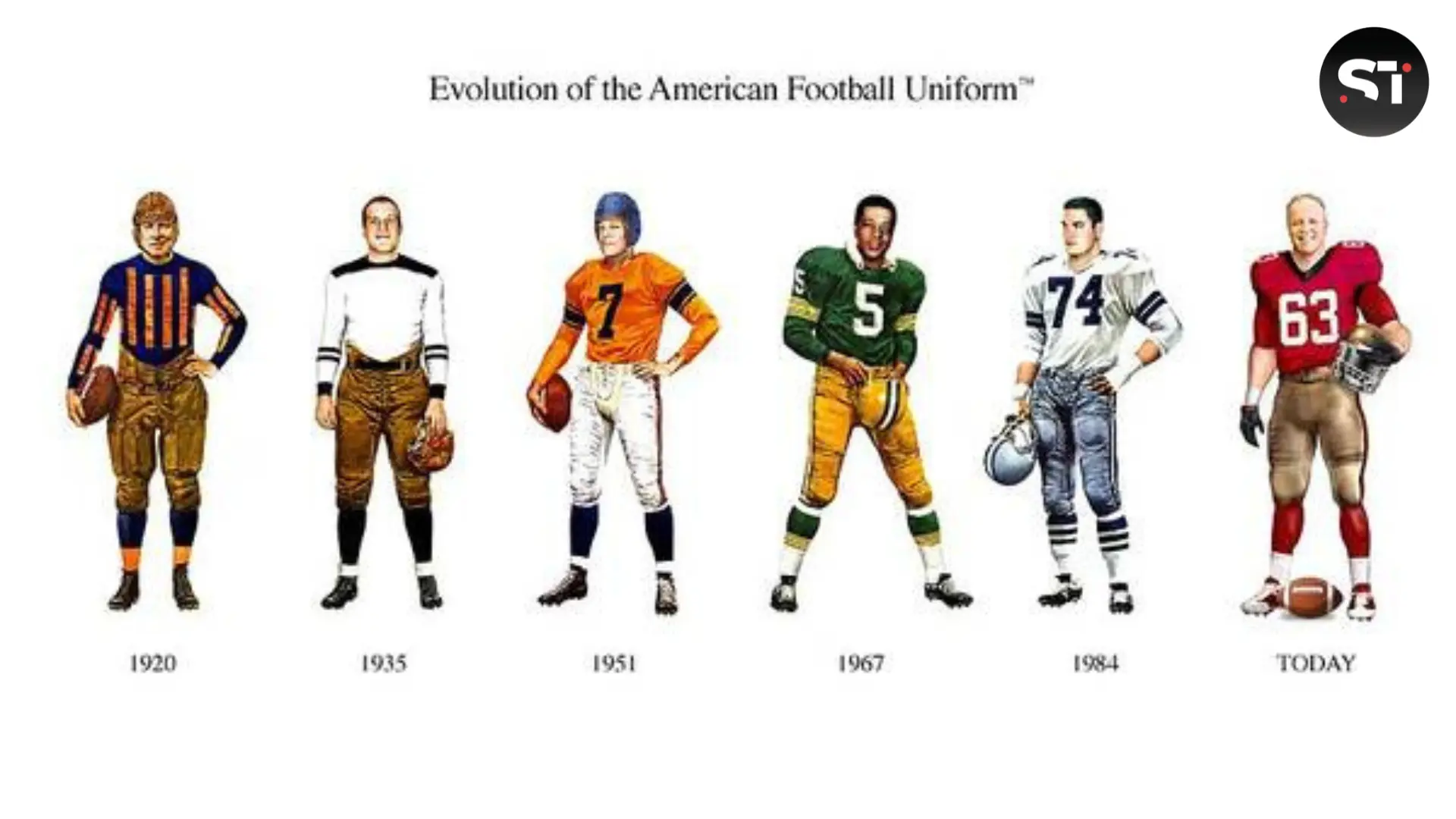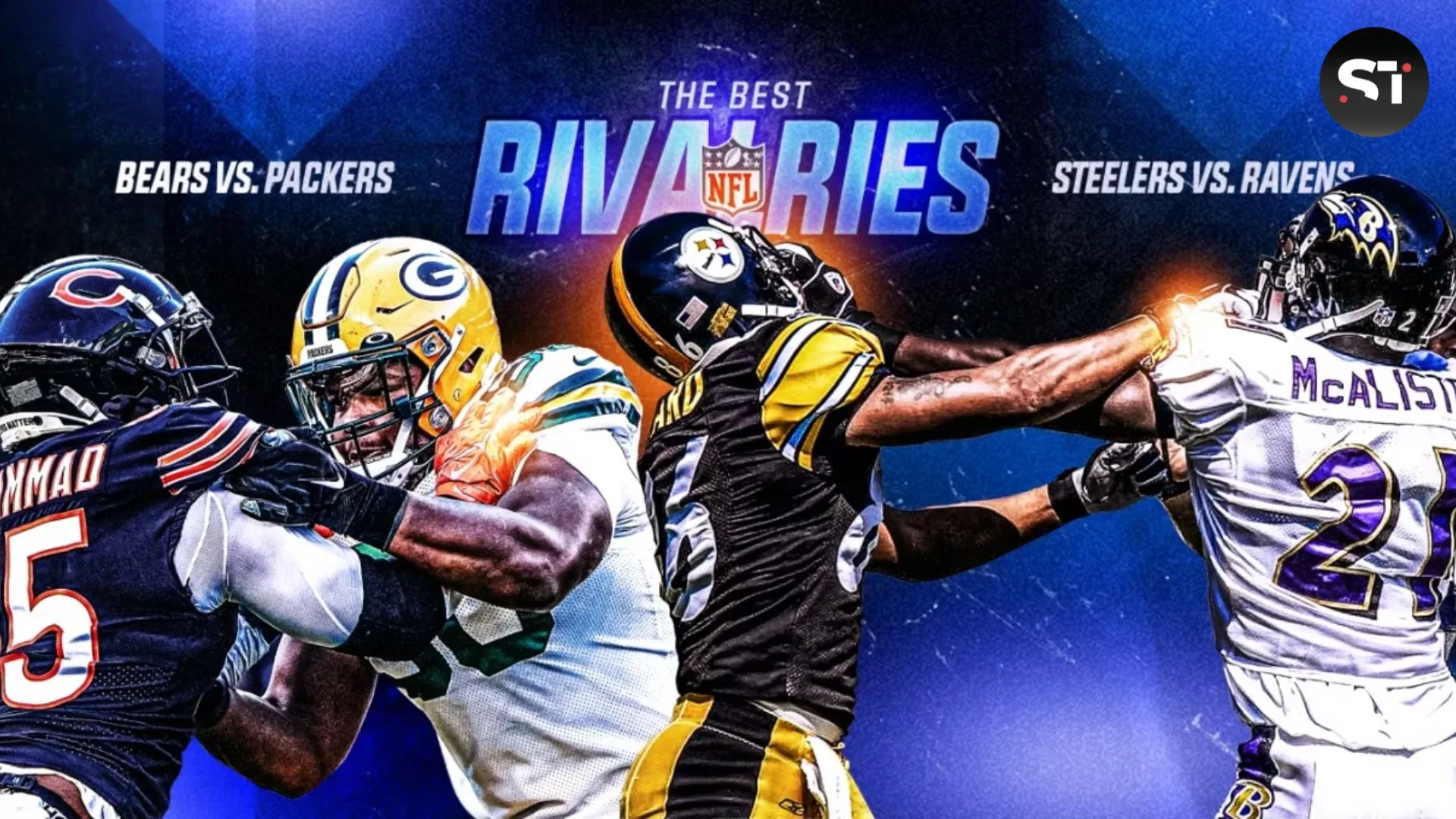The National Football League (NFL) has undergone a remarkable transformation since its inception in 1920, and at the heart of this evolution is the ever-changing nature of offensive strategies. The evolution of NFL offensive strategies reflects a broader trend of innovation and adaptation, driven by shifts in player capabilities, coaching philosophies, and the demands of the game itself. From the rugged ground-and-pound tactics of early football to the high-flying aerial assaults seen in today’s games, this journey through NFL history reveals how offenses have continually redefined the sport.
Early NFL Offenses: The Ground Game Dominates
In the early days of the NFL, offensive strategies were straightforward and heavily reliant on the running game. The evolution of NFL offensive strategies began with a focus on brute strength and simple, direct plays. Teams like the Green Bay Packers, under the leadership of Curly Lambeau, relied on power running attacks that featured formations like the single-wing, which emphasized a strong rushing game with minimal passing.
Read more: The NFL’s memorable rivalries – Epic Clashes
The Single-Wing Formation
The single-wing formation, popularized in the 1920s and 1930s, was the hallmark of early offensive schemes. This formation allowed for a direct snap to a versatile back, who could then run, pass, or hand off to another back.

The focus was on misdirection and power. Utilizing multiple blockers to open up running lanes. This was an era when passing was seen as risky and inefficient. With completion rates often hovering around 30%.
The T-Formation Revolution
The first significant shift in the evolution of NFL offensive strategies came with the adoption of the T-formation. The Chicago Bears, under coach George Halas, were instrumental in this transition during the 1940s.

The T-formation placed the quarterback directly behind the center. Allowing for quicker handoffs and more efficient passing. This formation paved the way for the modern quarterback role. Where passing began to play a more significant role in offensive schemes.
The 1950s and 1960s: The Passing Game Emerges
The 1950s marked a turning point in the evolution of NFL offensive strategies, as passing began to take on greater importance. Coaches like Paul Brown of the Cleveland Browns and Vince Lombardi of the Green Bay Packers started to emphasize the aerial attack, introducing more complex passing routes and play-action passes to keep defenses guessing.
The West Coast Offense
In the 1960s, the evolution of NFL offensive strategies saw another significant leap with the development of the West Coast offense by Bill Walsh. This innovative approach emphasized short, quick passes to control the ball and methodically move downfield.

The West Coast offense prioritized timing and precision, using a series of short, high-percentage passes to exploit defensive weaknesses. Quarterbacks like Joe Montana thrived in this system, leading to multiple Super Bowl victories for the San Francisco 49ers.
The Impact of the Forward Pass
The forward pass, once considered a risky play, became a central component of NFL offenses during this period. Quarterbacks like Johnny Unitas and Bart Starr became legendary for their ability to orchestrate dynamic passing attacks.

The increased focus on passing not only transformed offensive playbooks but also led to the development of more specialized positions, such as the wide receiver and tight end, further evolving NFL offensive strategies.
The 1970s and 1980s: Ground Game vs. Aerial Assault
The 1970s and 1980s were characterized by a fascinating dichotomy in the evolution of NFL offensive strategies. While some teams doubled down on the running game, others embraced the passing revolution, leading to diverse and unpredictable offenses.
The Power Running Game
Despite the growing popularity of the passing game, the 1970s saw a resurgence in power running attacks. Teams like the Pittsburgh Steelers, with their “Steel Curtain” defense and ground-and-pound offense, exemplified this approach.

The evolution of NFL offensive strategies during this era included the development of sophisticated blocking schemes and the use of fullbacks and tight ends to create powerful running lanes. The Steelers’ Franco Harris and the Dallas Cowboys’ Tony Dorsett became household names for their rushing prowess.
The Air Coryell Offense
In stark contrast, the late 1970s and 1980s also saw the rise of the “Air Coryell” offense, developed by coach Don Coryell. This system, employed by the San Diego Chargers, emphasized a vertical passing game with deep routes designed to stretch defenses and create big-play opportunities.

Quarterback Dan Fouts and wide receivers like Kellen Winslow and Charlie Joiner thrived in this high-octane offense, setting records and pushing the boundaries of what was possible through the air.
The 1990s: The Spread Offense and Versatility
The 1990s witnessed another leap in the evolution of NFL offensive strategies, as coaches began to experiment with spread offenses and more versatile player roles. The spread offense, which originated in college football, found its way into the NFL and revolutionized the way teams approached the passing game.
The K-Gun Offense
One of the most notable examples of this evolution was the Buffalo Bills’ K-Gun offense, orchestrated by head coach Marv Levy and offensive coordinator Ted Marchibroda. Led by quarterback Jim Kelly, the Bills utilized a no-huddle. Fast-paced attack that spread the field with multiple wide receivers.

This approach kept defenses off balance and allowed the Bills to dominate the AFC. Reaching four consecutive Super Bowls in the early 1990s.
The Rise of the Dual-Threat Quarterback
The 1990s also saw the rise of the dual-threat quarterback, a significant milestone in the evolution of NFL offensive strategies. Players like Steve Young of the San Francisco 49ers and Randall Cunningham of the Philadelphia Eagles demonstrated the value of quarterbacks. Who could both pass effectively and make plays with their legs.

This added a new dimension to offenses, forcing defenses to account for the quarterback as a running threat.
The 2000s: The Passing Explosion and the Spread Revolution
The turn of the millennium marked a period of unprecedented offensive production in the NFL. The evolution of NFL offensive strategies during this time was defined by an explosion in passing statistics and the widespread adoption of spread principles.
The Patriots’ Offensive Dynasty
The New England Patriots, under head coach Bill Belichick and quarterback Tom Brady, became synonymous with offensive innovation in the 2000s. Their use of the quick-passing game, combined with a versatile mix of formations and personnel, revolutionized the league.

The Patriots’ ability to adapt their offense to exploit opponent weaknesses was a testament to the ongoing evolution of NFL offensive strategies.
The Influence of the College Game
The influence of college football became increasingly evident in the NFL during this period. Spread offenses, which utilized multiple wide receivers and emphasized quick, horizontal passing, were adopted by several NFL teams.

Coaches like Mike Martz of the St. Louis Rams, with his “Greatest Show on Turf,” demonstrated the effectiveness of these high-tempo, pass-heavy approaches, leading to record-setting performances and Super Bowl victories.
The 2010s and Beyond: The Era of Innovation and Adaptation
The 2010s ushered in a new era in the evolution of NFL offensive strategies, characterized by rapid innovation and a willingness to adopt unconventional tactics. The spread offense continued to dominate, but new trends began to emerge. Further transforming the landscape of the NFL.
The Rise of the RPO
One of the most significant developments in recent years has been the rise of the run-pass option (RPO). This innovative strategy allows quarterbacks to read the defense and choose between a running play and a passing play. Based on the defense’s alignment and reaction.

The Philadelphia Eagles’ use of the RPO under coach Doug Pederson and quarterback Nick Foles played a key role in their Super Bowl LII victory. Highlighting the effectiveness of this versatile approach.
The Mobile Quarterback Revolution
The evolution of NFL offensive strategies has also been marked by the growing prominence of mobile quarterbacks. Players like Russell Wilson, Patrick Mahomes, and Lamar Jackson have redefined the quarterback position. With their ability to make plays both through the air and on the ground.

Their athleticism and improvisational skills have added a new layer of complexity to offensive playbooks. Making it more challenging for defenses to contain them.
The Spread-to-Pass Hybrid
The latest phase in the evolution of NFL offensive strategies involves a hybrid approach that combines elements of the spread offense with traditional passing principles. This includes the use of wide receiver screens, quick slants, and deep shots downfield to create a multi-dimensional attack.

Teams like the Kansas City Chiefs, with their explosive offense led by Mahomes, have epitomized this trend. Setting new benchmarks for offensive production and redefining the possibilities of modern football.
Suggested Read: Exploring the Psychology of NFL Fans
Conclusion: The Future of NFL Offenses
The evolution of NFL offensive strategies is a testament to the dynamic nature of the sport and the endless quest for innovation. As the game continues to evolve, new technologies, analytics, and player skill sets will undoubtedly shape the future of offensive playbooks. The constant interplay between offense and defense ensures that the chess match on the gridiron remains as captivating as ever.
From the humble beginnings of ground-and-pound football to the high-flying, pass-happy offenses of today, the journey of NFL offensive strategies is a fascinating saga of adaptation and ingenuity. As we look to the future, one thing is certain. The evolution of NFL offensive strategies will continue to push the boundaries of what is possible, thrilling fans and redefining the sport for generations to come.







